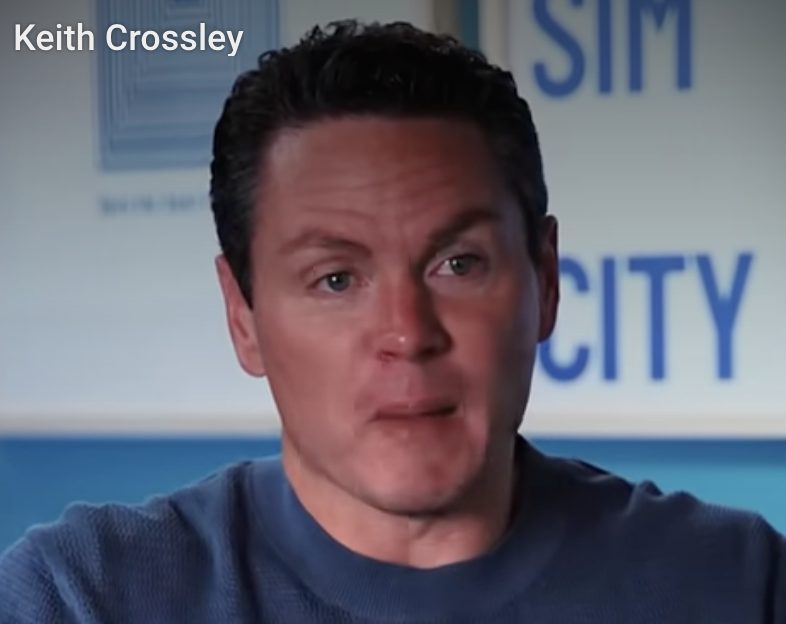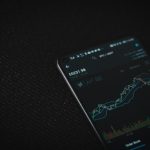Have you ever noticed how some people seem to be perpetually “healing”? They’re always in therapy, processing, and finding new wounds to address. I’ve observed this pattern in many of my clients, and I’ve recognized it as one of the most subtle yet powerful traps on the path to true wellness.
The truth is uncomfortable but necessary: at some point, we must consciously decide that our healing is complete. This isn’t about denying real trauma or rushing a process that needs time. Instead, it’s about recognizing when we’ve crossed a territory where continued “healing” becomes its own form of suffering.
The Ego’s Clever Deception
Through my work with clients, I’ve discovered that the ego—our protective sense of self—plays a fascinating trick on us. It convinces us that somewhere out there lies the perfect answer, the missing piece, the final explanation that will make everything okay.
The ego whispers:
- There must be one more stone unturned
- You haven’t fully processed that childhood event
- If you could just understand why they hurt you
- You need more time before you’re truly healed
This is a clever deception. The ego doesn’t actually want closure—it wants control. Keeping us focused on healing keeps us in familiar territory where it knows all the rules.
The Chase Is the Suffering
I’ve watched people spend decades in this loop. They become experts in their trauma, scholars of their pain. Their identity becomes wrapped up in the healing journey itself. But here’s what I’ve learned: the chase itself becomes the suffering.
When we constantly seek healing, we implicitly tell ourselves we’re broken. We reinforce the very wound we claim to be addressing, creating a painful paradox in which the medicine becomes the poison.
The most difficult truth I share with my clients is that, at some point, continuing to “heal” is actually a form of avoidance. It postpones the real challenge, which is to live vulnerably in the present without the protective shield of “being in process.”
The Unknown Is Where Freedom Lives
Moving on from pain means stepping into the unknown. It means living without the familiar narrative of woundedness. For many, this is terrifying.
What happens when you’re no longer defined by what hurt you? What happens when you can no longer blame your past for your present challenges? What happens when you have to face life directly, without the buffer of “still healing” to explain your struggles?
These questions point to why many of us unconsciously resist completion. The ego fears the unknown more than it fears familiar pain.
Making the Decision to Be Done
Healing doesn’t always announce its completion. Sometimes—often, in fact—we must simply decide we are done. This doesn’t mean denying ongoing challenges or pretending everything is perfect. It means making the powerful choice to stop identifying as wounded.
This decision involves:
- Accepting that some questions will remain unanswered
- Letting go of the need for perfect understanding
- Choosing to define yourself by your future, not your past
- Stepping into the vulnerability of living without your protective story
I’ve seen remarkable transformations when people make this choice. There’s an immediate lightness, a sense of freedom, that comes with releasing the heavy burden of perpetual healing.
The most beautiful part? When you decide you’re done healing, you often discover you’ve been healed for longer than you realized. The final step wasn’t finding the perfect answer—it was simply choosing to move forward.
True freedom comes when we give up our protections and live openly in the present moment. The ego will fight this with everything it has. But when we recognize its tricks, we can choose to be done with healing and begin the adventure of truly living.
Frequently Asked Questions
Q: How do I know if I’m truly ready to end my healing journey?
You’re likely ready when you notice yourself going in circles with the same issues without meaningful progress. Another sign is when you find yourself more attached to the identity of “healing” than to moving forward. Trust your intuition—you probably are if you suspect you might be using healing as a shield.
Q: Doesn’t saying “I’m done healing” deny the reality of ongoing challenges?
Not at all. Deciding you’re done with the healing process doesn’t mean claiming perfection or denying difficulties. It means you’re choosing to face life’s challenges from a position of wholeness rather than woundedness. You’re shifting from “I need to heal from this” to “I can handle this because I am already whole.”
Q: What if there really is more healing I need to do?
This is exactly the trap the ego sets! There will always be more layers, insights, and processing possible. The question isn’t whether more healing is possible—it’s whether continuing to focus on healing is serving your growth or limiting it. Ask yourself: “Is my focus on healing helping me live more fully, or is it keeping me stuck?”
Q: How do I deal with the fear of moving on from my healing journey?
Acknowledge that fear is natural when stepping into the unknown. Start small—practice periods where you don’t identify as “healing” and just live. Notice how it feels. Gradually extend these periods. Remember that you can always return to therapeutic work if truly needed, but give yourself the chance to discover who you are beyond your healing story.
Q: What comes after healing?
Living. Creating. Connecting. Contributing. All the things that healing was supposed to prepare you for in the first place. After healing comes the opportunity to define yourself by what you’re moving toward rather than what you’re moving away from. It’s about writing new chapters rather than editing old ones.







